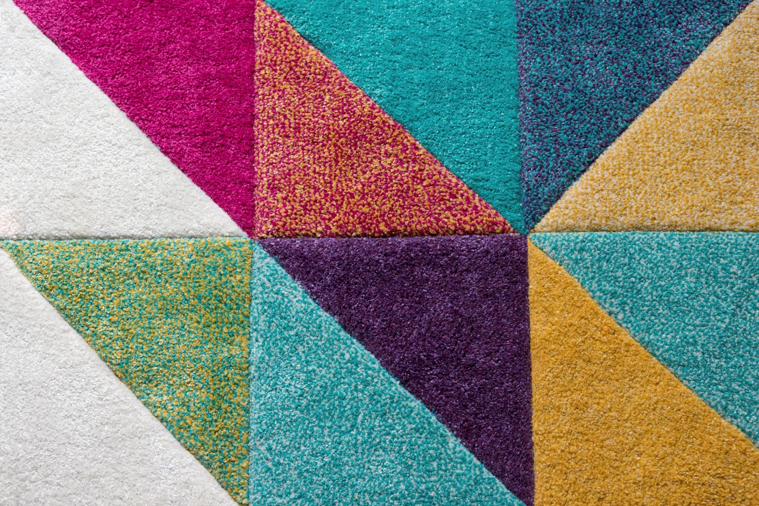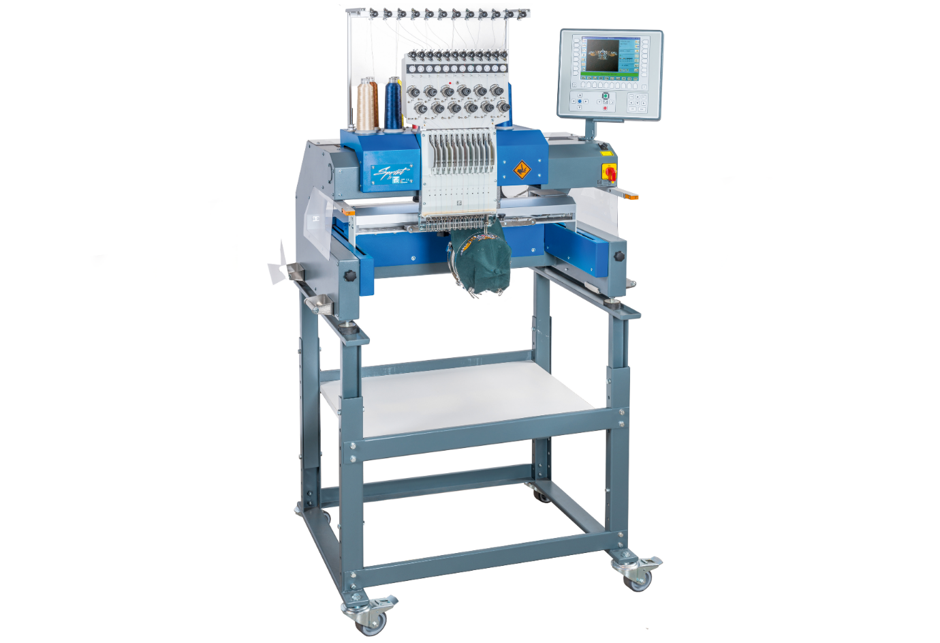Understanding Fabric: Baseball Caps
The baseball cap is a part of almost everyone’s wardrobe for one reason or another – they protect people of all ages from the sun, caps bought abroad remind us of holidays, and others wear them to make a fashion statement. They are an item of clothing that complements an everyday look, and a must-have on your toolbelt of services as an embroiderer.
Before you can begin to embroider baseball caps, you need to understand the materials that they are created from and how best to embroider onto their curved surfaces. We can help you to understand the materials that go into a baseball cap so that you can embroider them expertly.
From What Materials Are Baseball Caps Made?
The baseball cap originally used to display the logo of a sports team and was a part of the baseball players’ uniform, hence the name. Nowadays, the baseball cap look is hugely popular outside of sports fans, and so this has altered the cap itself. Baseball caps may fit the wearer via different methods; some are fitted, some use elastic, Velcro, and even plastic prong-in-a-hole. However it fits, the baseball cap was born as a promotional item, and continues to be used for such purposes by many companies.
The design of the cap may dictate the materials used. For example, eyelets may be sewn into the top for ventilation, or a plastic mesh may replace the rear section for further ventilation. A stiffener is usually sewn into the peak of the cap to ensure that the cap retains its shape, and this may be made from paperboard or stiff plastic.
Cotton & Synthetic Combinations
We’ve previously discussed the qualities of cotton on our blog about Understanding Fabric: T-Shirts, but we will surmise it again here for your convenience:
For sewing and embroidery cotton, you should endeavour to use a moderate tension on your machine for this medium-weight fabric. You should always ensure that your tensions are balanced for good seams, otherwise you will experience puckering if it’s too tight, or loose designs that lose their brilliance around the edges. Cotton has very little stretch, meaning you should use tear-away stabilisers for the front panels of the cap.
Cotton caps may be blended with a variety of materials, including linen, rayon, polyester, and even paper. Polycotton blend caps are known for being breathable, durable and wrinkle-free.
Acrylic
Acrylic can be styled into a variety of thicknesses and is great at holding a shape – perfect for creating a stiff baseball cap. It’s also machine-washable, but its insulating qualities might challenge efforts to make a well-ventilated cap, as this fabric is not especially breathable. On the other hand, it has wide use in sweaters, athletic wear, protective clothing and wigs, so don’t be afraid to experiment with this useful material.
There are a few different types of acrylic fabric, and the type will affect how your machine should process it. Some types of acrylic fabric you should be aware of include Acrylic, Modacrylic, Nytril and Lastrile. Those individuals pursuing an eco-friendly business may want to research the impacts of acrylic fabrics on the environment before purchasing bulk loads.
Solid-Colour Wool
Wool is soft, comfortable and – like most natural materials – far more breathable than any synthetic counterparts. Caps used to be made exclusively from wool. Wool is fairly easy to sew with and bears a lot of similarities to cotton when used for caps.

Stiffeners
For caps which are going to display a logo or design on the visor, buckram is often used as a stiffener. This lends strength to the front, ensuring a logo will maintain its shape when worn and, subsequently, be read and understood clearly by viewers – this is especially important for those manufacturing caps for sale as promotional items.
Buckram is a stiff cotton cloth soaked in a sizing agent like PVA or pyroxylin which can be shaped when warmed or wetted – and you should understand how it will affect your embroidery machine before starting work with caps.
Nylon may sometimes be used to reinforce the crown of the cap, as well as offer some water resistance, but it isn’t generally used for the main bulk of the cap, and so it is unlikely to affect attempts to embroider logos onto the front or visor.
Final Tips
You’ll need the appropriate frame for your caps and these need to be stored carefully to avoid warping. You should heat your caps before embroidering onto them because the heat will soften the material and help the needles to pass through the material without deflection. Buckram and similar stiffeners are important for making caps, but it will also blunt your needles – you need to be able to spot when a needle needs replacing quickly, or your products will suffer.

Other potential materials you could experiment with for your caps include twill, corduroy and poplin if you’re brand can accommodate commanding higher prices for your products. Of course, you can’t sew and embroider a baseball cap with only the materials because you’ll also need high-quality industrial embroidery machinery and the accompanying accessories. Get in touch with us soon to find out how our machines can help to improve your business.

